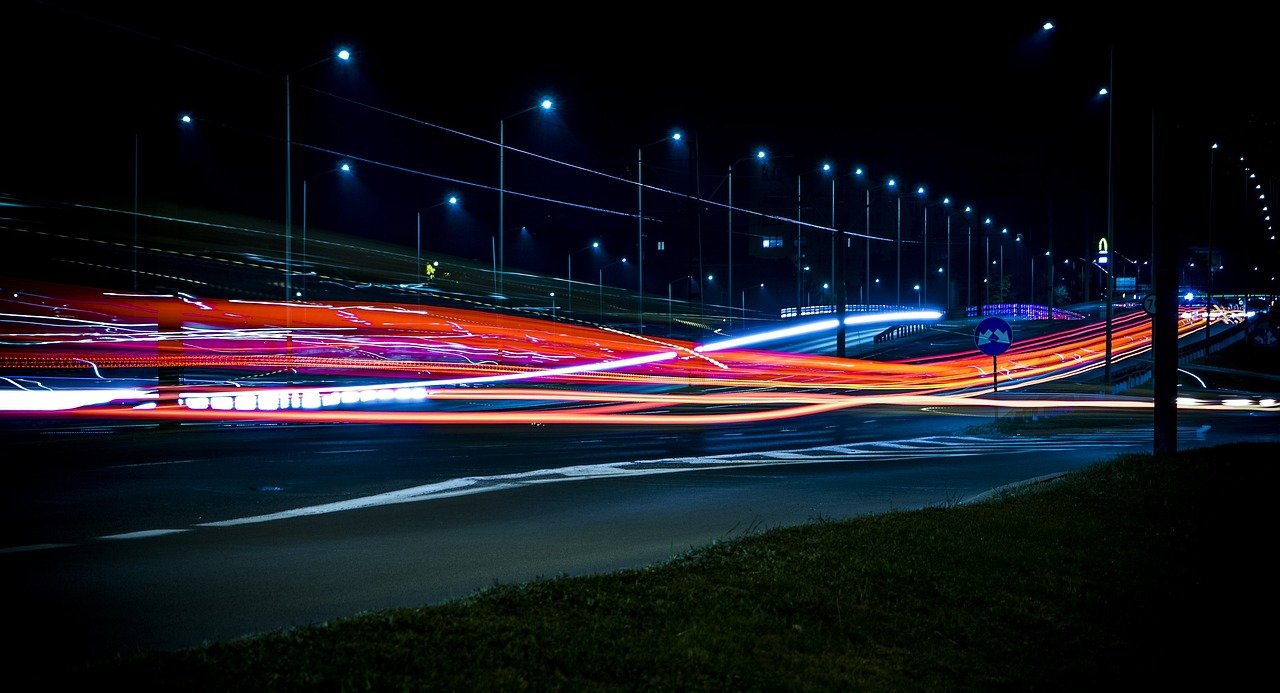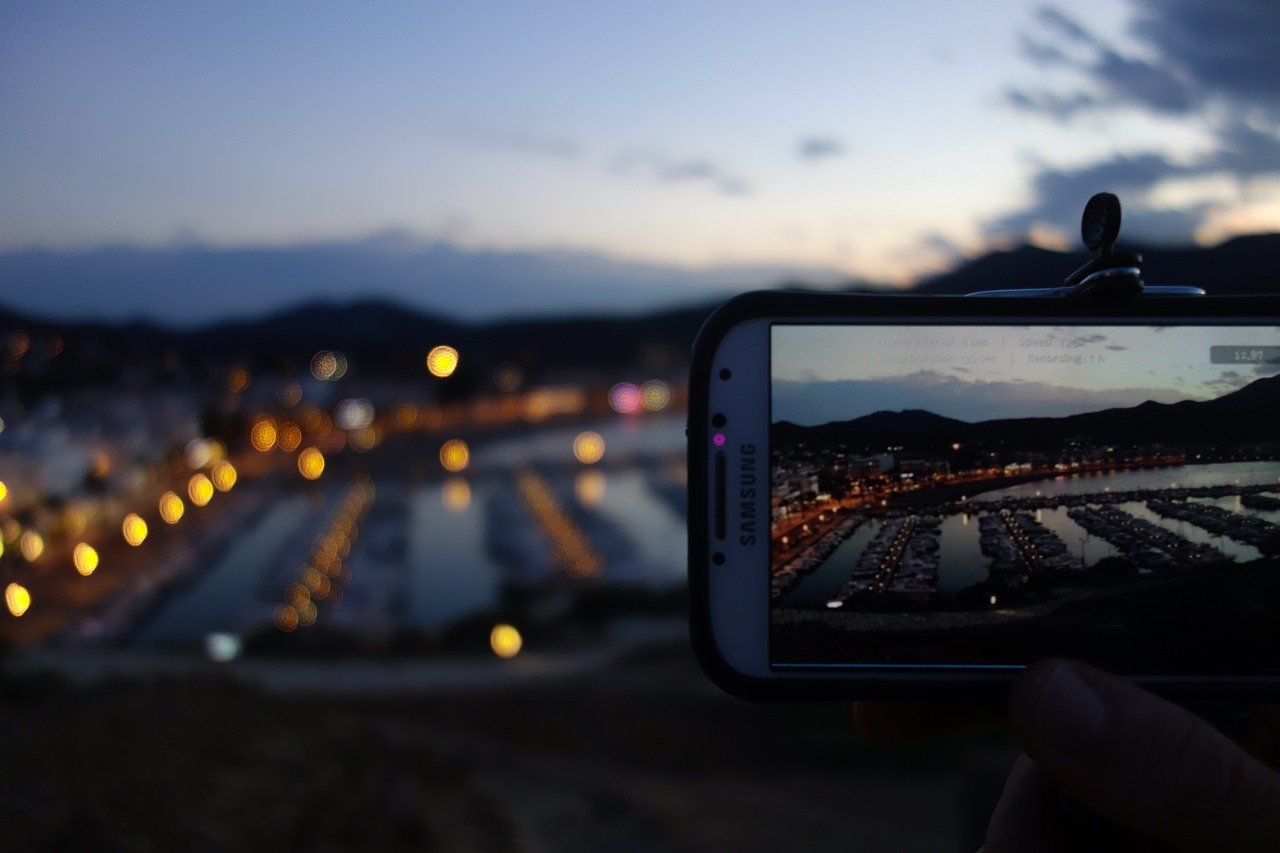Photography Equipment: The Best Gear for Every Photographer Photography is a blend of art and…
Time-Lapse Photography: Capturing Change Over Time
Introduction to Time-Lapse Photography
Have you ever watched a video of clouds racing across the sky, the hustle of city traffic, or a flower blooming in a matter of seconds? That’s the magic of time-lapse photography — a technique that allows you to capture slow, often imperceptible changes over time and transform them into captivating, dynamic visuals.
How Time-Lapse Photography Works
At its core, time-lapse photography is about condensing time. You take hundreds or thousands of images at set intervals over a period of time, then stitch them together into a video that plays back at a much faster speed. By doing this, changes that would normally be too slow to notice — like the movement of the stars or the growth of plants — become apparent and mesmerizing. The key is understanding the relationship between time, motion, and your interval settings.
Equipment Needed for Time-Lapse Photography

To get started with time-lapse photography, you’ll need some essential gear. While you don’t need the most expensive camera, certain equipment will ensure your shoot runs smoothly:
- Camera: A DSLR or mirrorless camera is ideal, but some smartphones also have time-lapse features.
- Tripod: Stability is key to a clean time-lapse. A sturdy tripod will prevent unwanted movement.
- Intervalometer: This device controls the intervals at which your camera takes photos, ensuring consistency throughout the shoot.
- ND Filter: For daylight time-lapses, a neutral density (ND) filter is crucial for preventing overexposure when using slower shutter speeds.
Choosing the Perfect Subject for Time-Lapse
Time-lapse works best with subjects that show change. Here are a few ideas:
- Natural phenomena: Sunsets, cloud formations, and starry night skies are popular subjects.
- Urban settings: Capture the flow of traffic, people walking through a city square, or construction sites.
- Event coverage: Large-scale events like festivals or protests can make for captivating time-lapses that show the buildup and dispersal of crowds.
Planning Your Time-Lapse Shoot

Like any good project, time-lapse photography requires planning. Scout your location in advance, determine the best time of day to shoot, and ensure your camera’s battery life and storage are sufficient for a long session. For instance, shooting a sunrise may require arriving early to set up, while urban time-lapses might require more focus on lighting conditions.
Camera Settings for Time-Lapse Photography
Camera settings are crucial in determining the quality of your time-lapse. Shooting in manual mode allows you to maintain control over your camera’s settings throughout the shoot. Focus on:
- Shutter speed: The slower the shutter speed, the smoother motion appears in your time-lapse.
- Aperture: Smaller apertures (larger f-number) will keep more of your scene in focus.
- ISO: Keep your ISO low to avoid grain in your images.
Shooting Time-Lapse in Different Lighting Conditions
Different lighting conditions require different strategies. Shooting in broad daylight means dealing with harsh light and shadows, so an ND filter is essential to balance exposure. On the other hand, nighttime or low-light time-lapses require longer exposure times to capture enough light. Be prepared to adjust your interval settings based on the available light.
Editing Your Time-Lapse Video

Once you’ve captured your frames, it’s time to edit. Software like Adobe Premiere Pro, Final Cut Pro, or even free programs like DaVinci Resolve can help you stitch your images into a seamless video. Be sure to add music and color grading for a professional finish.
The Role of Post-Processing in Time-Lapse
Post-processing is where the real magic happens. You can enhance your video by stabilizing any shaky footage, correcting colors, and applying deflicker techniques to smooth out inconsistent lighting.
Common Mistakes to Avoid in Time-Lapse Photography
Some common pitfalls include inconsistent intervals, poor battery management, and underestimating the importance of stabilization. Be sure to monitor your camera during long shoots and check your settings regularly.
Tips for Creating Stunning Time-Lapse Videos
Want to make your time-lapse even more dynamic? Try incorporating camera movement in post-production, like panning or zooming across your footage. This adds a sense of motion, making your time-lapse more engaging.
Time-Lapse Photography for Social Media
When sharing your time-lapse on social media, consider the platform’s constraints. Shorter, more concise time-lapses tend to perform better on platforms like Instagram or TikTok, where engagement relies on quick, punchy content.
Legal Considerations When Shooting Time-Lapse
If you’re filming in public spaces, make sure to check the local laws regarding photography and filming. For commercial shoots, securing permission from property owners or individuals in the footage is essential.
Innovations in Time-Lapse Photography
Technology has revolutionized time-lapse photography, with drones and hyperlapse adding a new dimension to traditional methods. Hyperlapse involves moving the camera during the shoot, resulting in a more dynamic, immersive visual experience.
Conclusion and Final Thoughts
Time-lapse photography is a captivating way to showcase the passage of time. Whether you’re capturing the beauty of nature or the hustle of urban life, this technique allows you to transform the ordinary into something extraordinary. With the right equipment, planning, and attention to detail, anyone can create stunning time-lapse videos that leave viewers in awe.
FAQs
- How long does it take to shoot a time-lapse? It depends on your subject. A time-lapse of clouds might take 30 minutes, while a construction project could take months.
- What is the best frame rate for time-lapse videos? The standard frame rate is 24-30 frames per second, but some prefer a faster frame rate for a smoother look.
- Can I use a smartphone for time-lapse photography? Yes, many smartphones have built-in time-lapse features, though the quality might not match that of a DSLR.
- What is hyperlapse, and how is it different from time-lapse? Hyperlapse involves moving the camera between shots, creating a sense of motion through space, unlike the static nature of traditional time-lapse.
- How can I avoid flickering in my time-lapse video? Flickering, often caused by changes in exposure, can be reduced by shooting in manual mode and using post-processing tools like deflicker plugins.




